

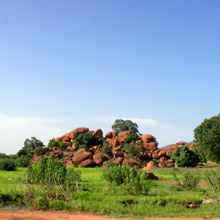
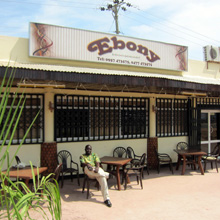
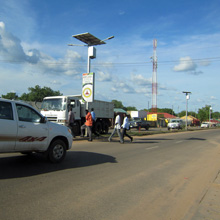
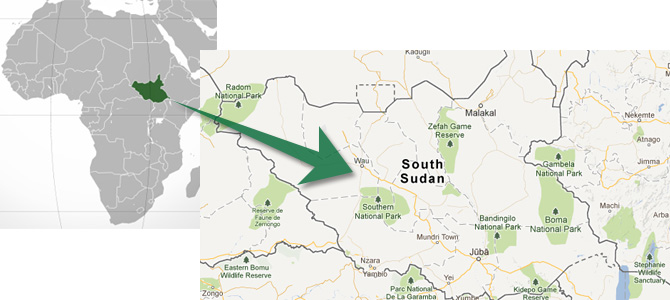
Name:Republic of South Sudan)
Population:8,260,490(2008 census)
Independence day:9th , JUL, 2011
Currency:South Sudanese pound(SSP)
Climate:Equatorial or tropical climate
Area:619,745k㎡
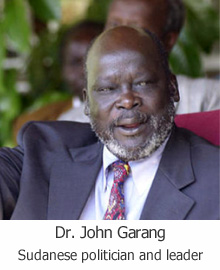
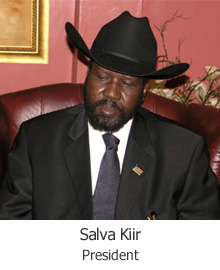
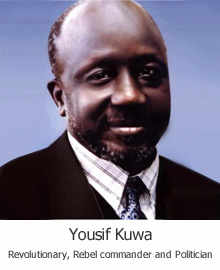
The economy of South Sudan has been mainly rural-based rural and subsistent in nature.
There are 30 commercial investment and agricultural banks operating in South Sudan under regulation of the Bank of South Sudan.
Commercial banks include Nile Commercial Bank, Ivory Bank, Buffalo Commercial Bank, Bank of Ethiopia, KCB Bank Group and Equity Bank.
Currently, this sector is growing rapidly, microfinance and microcredit institutions include Sudan Microfinance Initiative, Savannah Farmers’Cooperation, Bangladesh Rural Cooperation, and Finance Sudan.
Of its 82 million-hectare land surface, more than half is estimated to be suitable for agriculture. Some common agricultural products include pineapple, cotton, groundnuts, cotton, sorghum, millet, wheat, sweet potatoes, mangoes, pawpaw, sugarcane, cassava and sesame. South Sudan has great agricultural potential.
The majority of indigenous people are grazing with an estimated eight million cattle. Additionally, there are millions of poultry, goats, pigs, horses, donkeys, sheep and other animals.
Commercial fishery remains largely unexploited. Fish species include Catfish, mudfish, nile perch, tilapia, lungfish, moon fish and electric fish, despite huge water bodies in South Sudan.
Natural woodlands and forests consist of 29 percent of the total land area of South Sudan. Currently, commercial exploitation is limited only to natural mahogany, teak and gum Arabic.
Currently, Southern Sudan Beverages Ltd is the largest manufacturing plant in South Sudan, which produces soft drinks and beer. Manufacturing sectors, including sugar, textile, cement, vegetable, fruit and timber, were wiped out during the war. The Ministry of Commerce and Industry has prioritized agro-based industrialization, with a focus on fruit processing, cereal processing and production of livestock commodities.
South Sudan is a large country covering 619,745 square kilometers. It is very rich in natural resources. This wealth is one of the root causes of the several decades of war in the country. The northern al-Jallabas and Egyptians backed by the Khartoum government elites sought to plunder the wealth in the south. This is the main reason why they resisted the calls for separation because they new that would deny them a chance to access the great wealth.
The River Nile is the dominant geographic feature in South Sudan, flowing across the country. South Sudan is home to the world’s largest swamp, the Sudd, which covers a total area of 30,000 square kilometres. The river and its many tributaries also provide access to almost unlimited sources of water which services the land, making it fertile to support diverse vegetation and crops.
Treasured natural resources such as various agricultural products like mangoes; minerals like rough diamonds and gold; and forestry resources like teak.